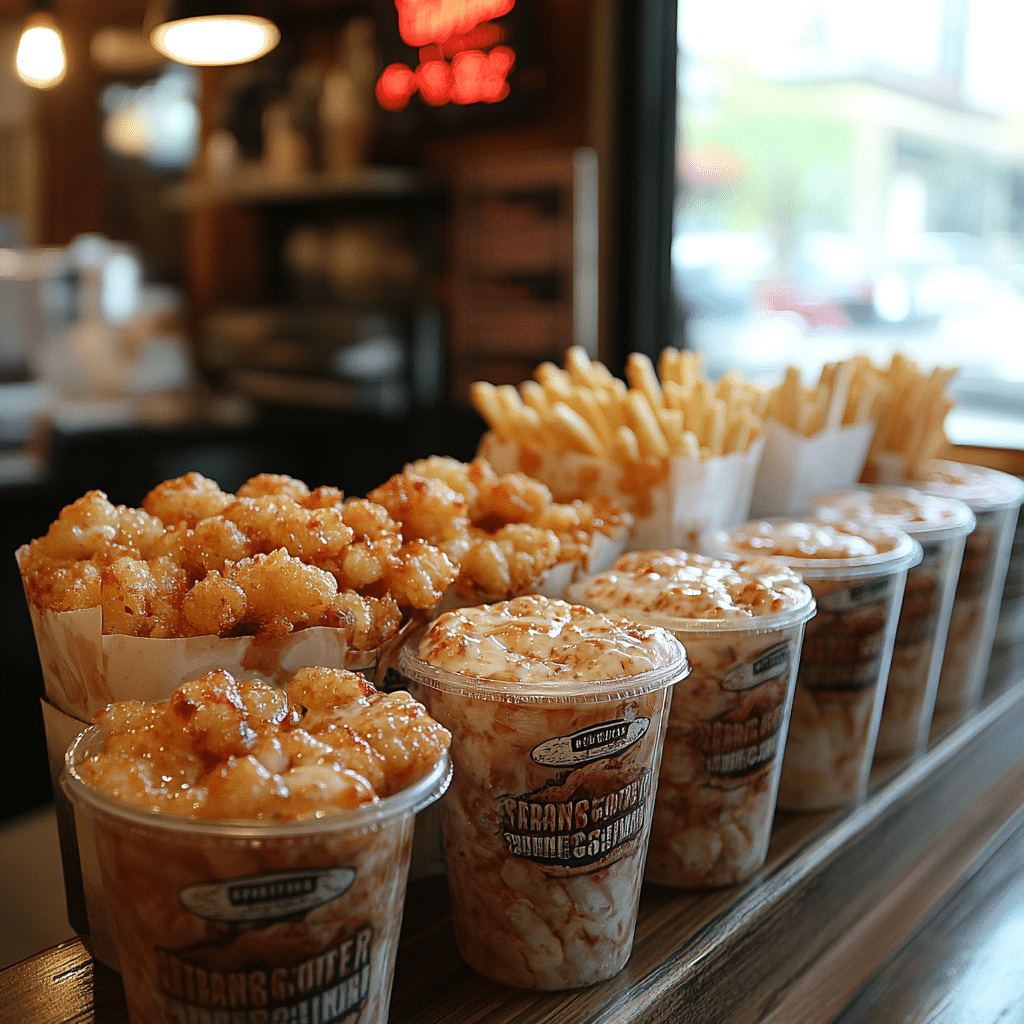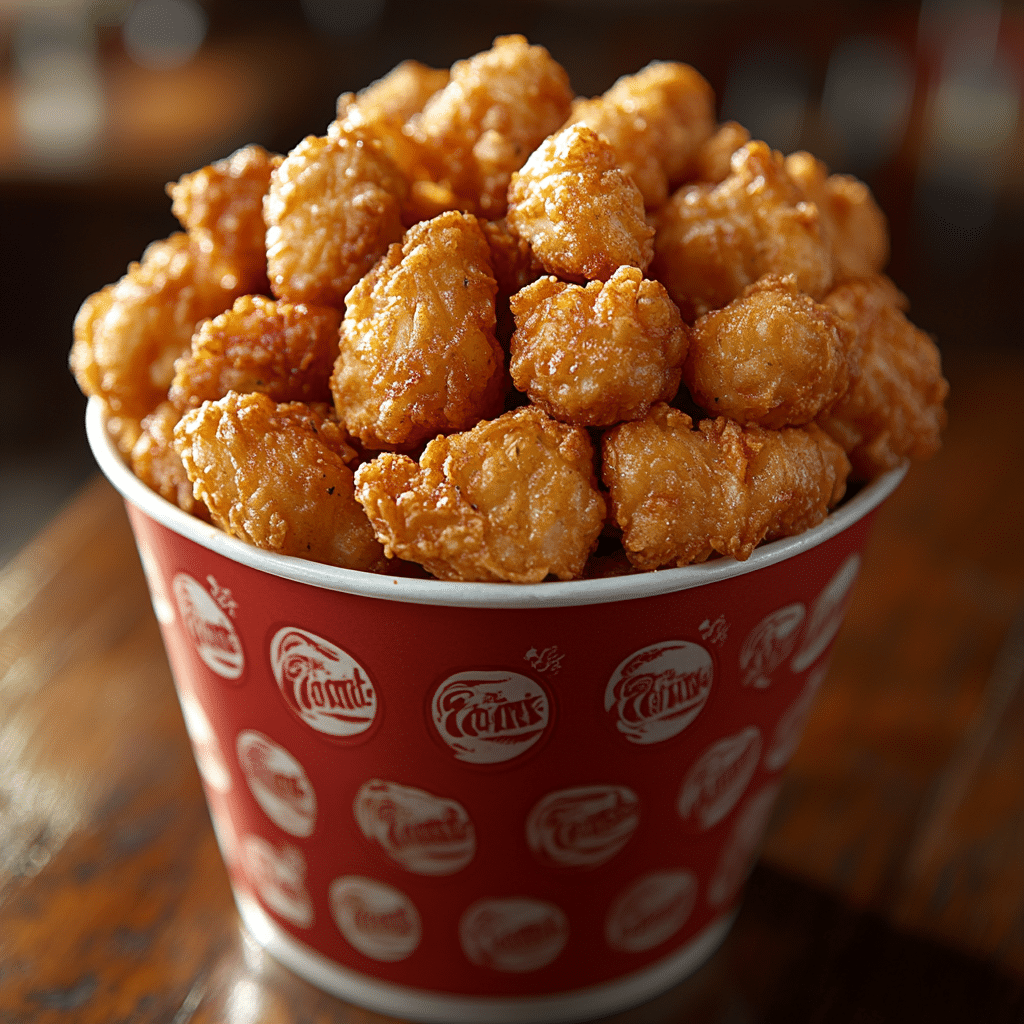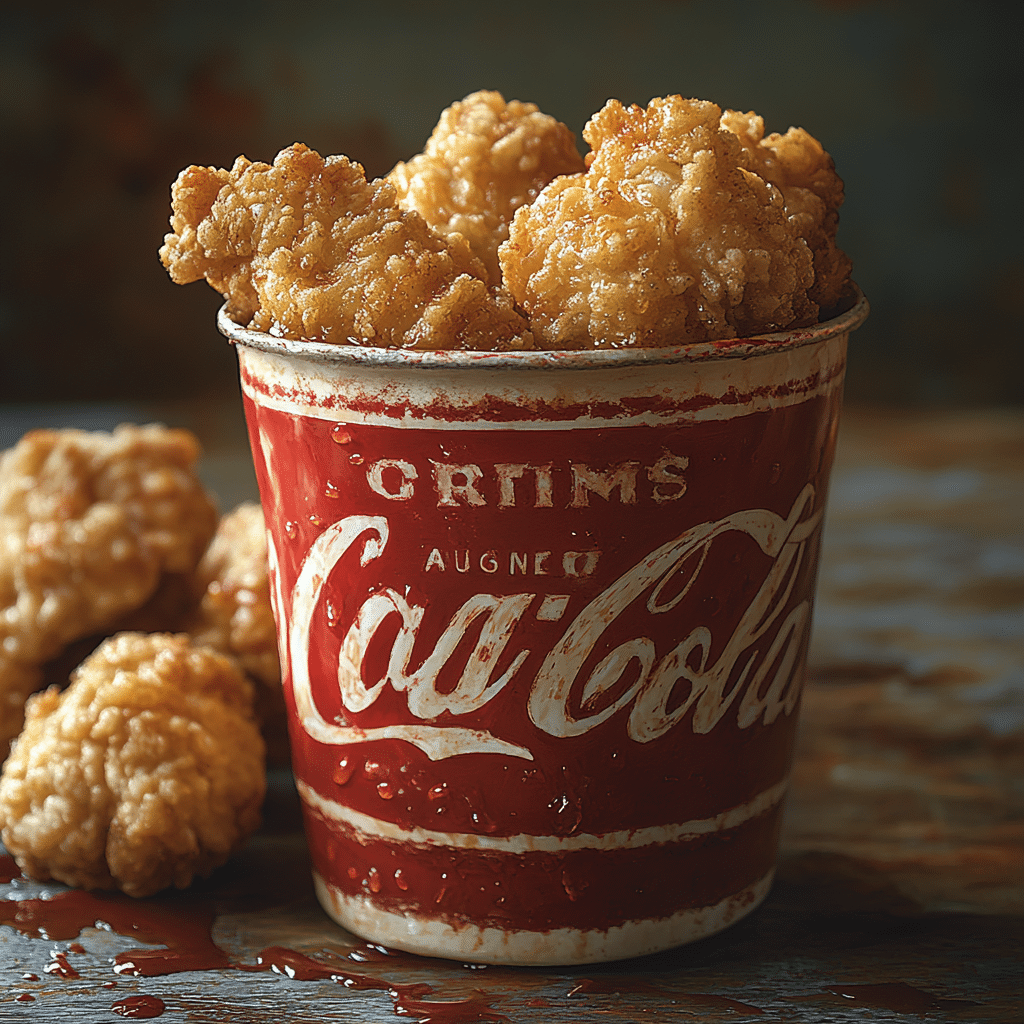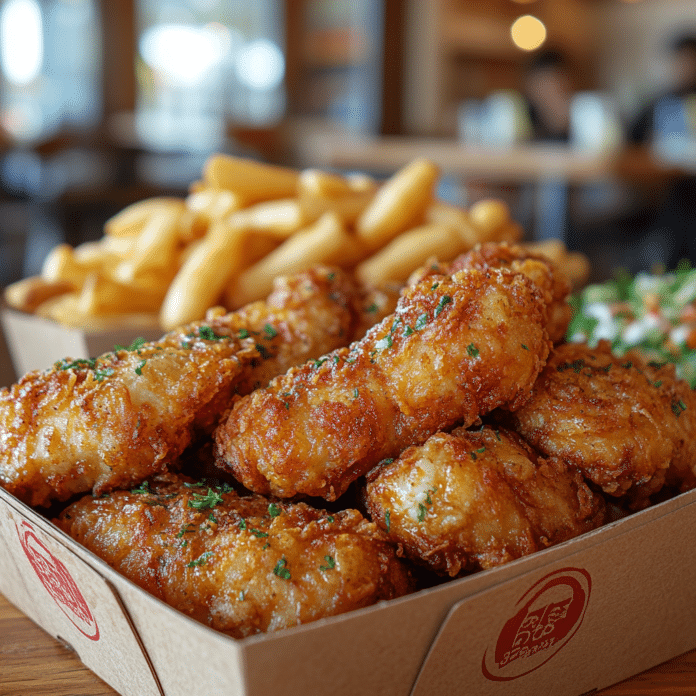In late 2023, fans of the fast-food chain Raising Cane’s were taken aback by a series of price hikes on their beloved chicken tenders and sides. While many customers have expressed concern over their favorite meals becoming pricier, the issue transcends simple dining preferences and taps into larger conversations about food pricing, economic pressures, and consumer loyalty. Indeed, as Raising Canes prices change, so do the emotions and expectations of its loyal customer base.

Analyzing the Recent Increases in Raising Canes Prices
Raising Cane’s has reported a price increase of up to 15% on select menu items over the past year. For instance, a Combo Meal that once cost $9.99 now hovers around $11.49 across various locations. This shift begs the question: what are the underlying factors driving these changes?
Economic Inflation
The strain of rising inflation across the food service industry cannot be ignored. According to a report by the Bureau of Labor Statistics, restaurants saw price increases of 6.3% year-over-year as of summer 2023. This widespread inflation is pushing fast-food chains like Raising Cane’s to reconsider their pricing strategies to stay above water in a competitive market.
Supply Chain Challenges
Ongoing supply chain disruptions due to global events, including the fallout from the COVID-19 pandemic and climate change, have driven up costs for chicken and other essential ingredients. These challenges fundamentally impact the pricing of Raising Canes products. To maintain profitability, the company may have no choice but to pass these costs on to their customers.
Labor Costs Pressures
The push for higher wages and better working conditions is reshaping the fast-food landscape. As workers advocate for fair pay, companies, including Raising Cane’s, find it necessary to adjust prices to sustain earnings. This labor market shift not only reflects societal changes but also shows how intertwined financial considerations are with corporate responsibility.

Customer Reactions: Shared Frustrations and Loyal Responses
Raising Cane’s loyal customer base has taken to social media platforms like Twitter and Instagram to voice their opinions. The sentiment can be categorized into three main themes:
Disappointment
Many regular diners express frustration over the increased prices. One Twitter user lamented, “I love Cane’s, but I’m starting to think twice before indulging in those tenders. Increasing prices every few months makes it hard to justify!” This sentiment reflects a broader anxiety among fans who feel that higher prices may alienate loyal patrons.
Increased Loyalty Despite Pricing
Conversely, some fans remain unwaveringly loyal, even amidst the hikes. One devoted patron shared, “While I’m not thrilled about the price jumps, I believe in supporting businesses that treat their employees well—and Raising Cane’s does just that.” This loyalty showcases the nuanced relationship customers have with brands, where ethics and quality often outweigh monetary concerns.
Quality Versus Price Dilemma
Customers are also weighing their options regarding quality versus price. Some are exploring alternatives like Chick-fil-A or Zaxby’s while insisting none can match the taste of Raising Cane’s food. Such competition highlights the importance of maintaining a distinctive culinary identity to justify rising prices.
What Do Other Fast-Food Chains Reveal About Pricing Strategies?
The pricing adjustments at Raising Cane’s are not isolated; they mirror nationwide trends within the fast-food industry. Several other chains have also been responding to similar pressures.
Chick-fil-A’s Approach
Chick-fil-A, known for its fan-favorite chicken sandwiches, has also raised prices by at least 10% across various markets. However, customer satisfaction remains high, largely due to consistently outstanding service. This suggests that exceptional customer experience can buffer the sting of price increases.
McDonald’s Strategy
A more drastic approach includes McDonald’s, which actively promotes value-centric choices by introducing their “$1 $2 $3 Dollar Menu.” This strategy helps maintain customer interest amid regular price increases on traditional menu items, emphasizing value as a way to retain patrons.
Chipotle’s Transparency
With a current average meal price of nearly $12, Chipotle focuses on ingredient sourcing as part of its value proposition. Transparent communication about rising costs has helped maintain brand loyalty even with those price hikes. Consumers appreciate knowing why prices go up, making them more likely to stay committed.
The Influence of Inflation on Dining Out Choices
As economic factors weigh heavily on consumers, decisions about dining out are increasingly budget-driven. Recent research indicates that consumers are adjusting their habits to cope with inflation.
Shift Toward Value Meals
Many now gravitate toward value meals offered by various chains as a strategy to save money. This shift sparks fierce competition among franchises, each keen to offer the best deal without diminishing perceived value. Such awareness among consumers will affect future purchasing choices.
Higher Demand for Takeout and Delivery
According to a study by the National Restaurant Association, demand for takeout and delivery options has notably increased. This trend demonstrates that convenience is now a critical aspect of dining choices, leading customers to compare prices across platforms before making decisions.
Looking Ahead: What Can Consumers Expect from Raising Canes?
Moving into 2024, industry analysts speculate on several potential outcomes for Raising Cane’s and similar fast-food chains.
Potential for Menu Innovation
To dampen backlash from increases in prices, Raising Cane’s could broaden its menu with new offerings or limited-time items. Innovating the menu could entice both loyal fans and newcomers, a strategy that may help justify price hikes while keeping customers engaged.
Increased Focus on Sustainability
As consumer awareness about sustainability rises, Raising Cane’s might explore more eco-friendly practices. If linked to ethical sourcing and reduced environmental impact, these measures could help justify their prices and attract socially conscious diners.
Shaping the Future: Can Raising Canes Wield Its Fan Loyalty?
As the conversation around Raising Cane’s prices unfolds, it’s clear that customer loyalty remains a powerful tool and a double-edged sword. Fans’ reactions to price increases highlight the delicate balance between profitability and consumer satisfaction. The real challenge will be whether Raising Cane’s can innovate or adjust strategies to cater to changing expectations while preserving its reputation for quality—a complicated task many fast-food chains face in today’s fluctuating economic landscape.
In this backdrop of change, the desire for raising canes prices to stabilize while maintaining a solid customer base is a tightrope walk. It offers insight into how deeply economic factors can influence food pricing and consumer behavior as we look to the future. After all, businesses today aren’t just feeding appetites; they’re also navigating a delicate dance between customer loyalty and market demands.
Raising Canes Prices Spark Controversy Among Fans
The Price of Chicken and Pop Culture
Raising Canes prices have certainly stirred the pot among fans who adore their chicken fingers. As folks debate whether the cost is justified, one can’t help but notice how food prices reflect wider trends, much like the buzz around the Jailer Movie, where cinematic ticket prices also draw eyebrows. The connection? Both fast food and film fans are often willing to pay a premium for quality. But when does a tasty treat become too pricey?
Also, have you ever thought about how food trends can be influenced by celebrity culture? Just look at brands that partner with stars like Sandra Cho. When Raising Canes tries to branch out or change its menu, names like hers can make waves in more ways than one. It’s fascinating how Raising Canes prices can correlate with what’s hot in the entertainment world. Speaking of entertainment, anyone heard of the latest chat Gpt online innovations? They are simplifying many industries, much like how people hope Raising Canes will make its prices a bit friendlier!
The Chicken Game: More Than Just a Meal
Interestingly, the chicken industry isn’t just about delicious dinners. It mirrors the ups and downs of a sports game, such as watching Gary Trent jr. keeping fans on their toes. One moment, the prices might seem reasonable, and the next, they’re soaring higher than expected. That’s where the controversy lies: how much are we willing to fork over for a beloved meal? This dilemma plays out even in charming towns like Lucca, Italy, where food prices can also tell a story about local tastes and economics.
And let’s not forget Joanna Going, who, like many, expresses her feelings about price increases through social media channels. Fans often turn to these platforms to vent about their love for Raising Canes while lamenting those rising prices. After all, it’s about more than just chicken; it’s a communal experience, akin to saying thank You in Russian after enjoying a shared meal. So, as the chatter continues, what’s your take on Raising Canes prices? Are they worth every penny, or should they rethink their strategy?




